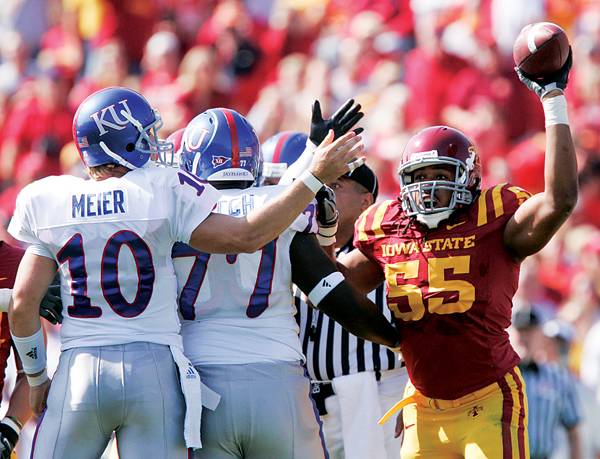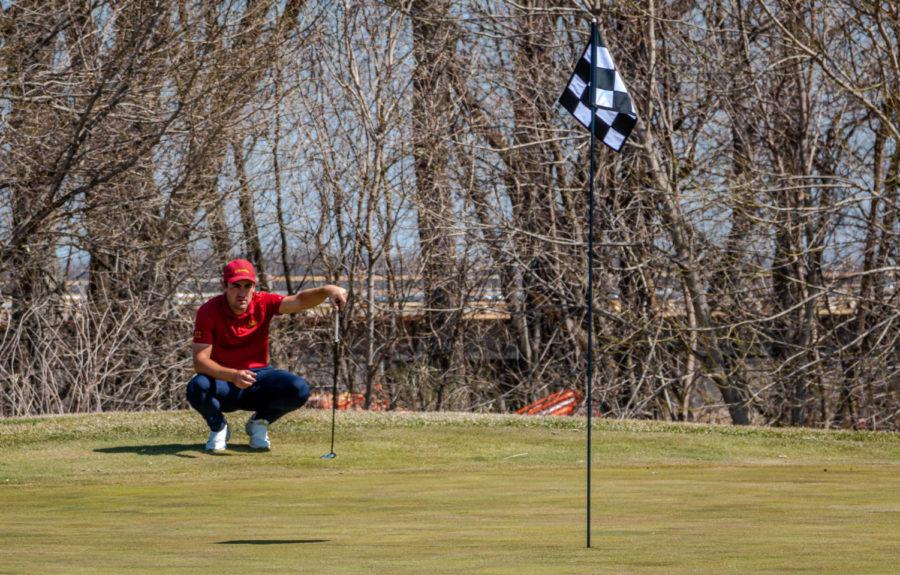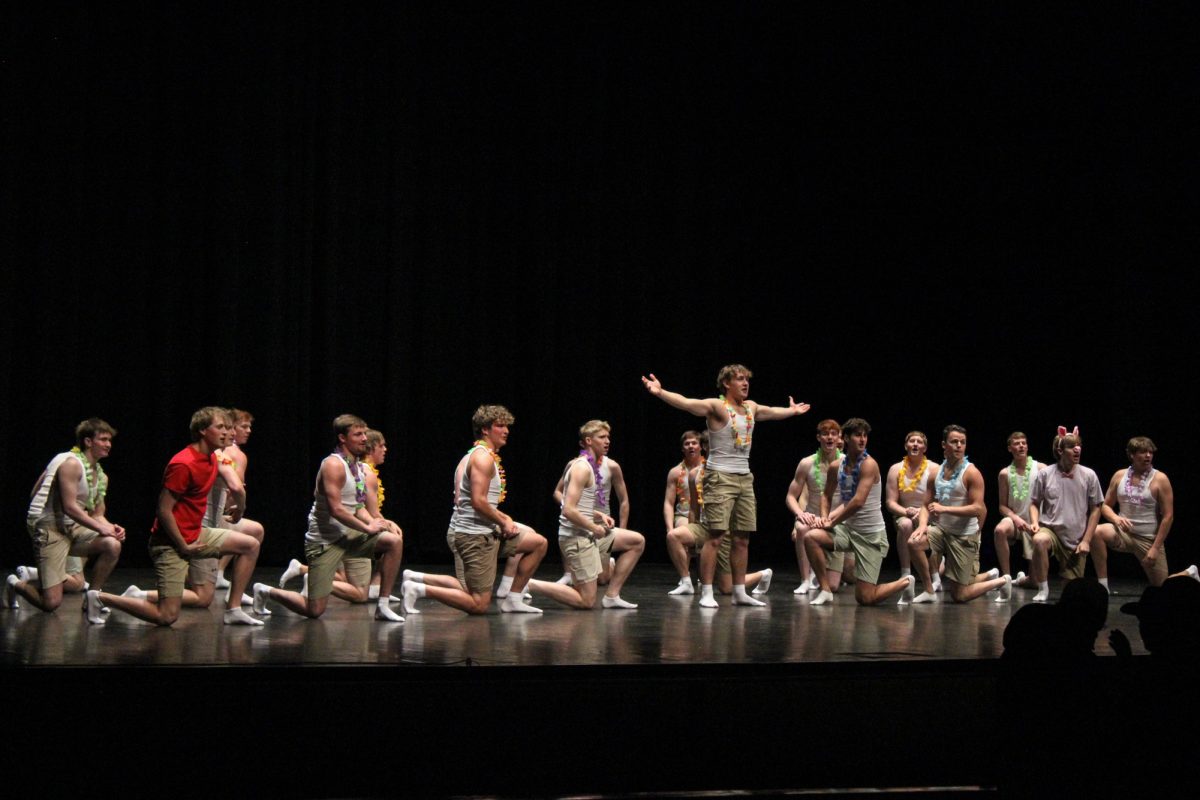FOOTBALL: Defense small but fearless

Iowa State’s Christopher Lyle celebrates after recovering a fumble during the game against Kansas on Saturday, Oct. 4, 2008, at Jack Trice Stadium. Photo: Josh Harrell/Iowa State Daily
August 30, 2009
Although Iowa State’s starting defensive line averages 267 pounds and stands over 6-foot-1, compared to the rest of the Big 12 they are closer to David’s stature then Goliath’s.
That doesn’t make much of a difference to the Cyclones however, though head coach Paul Rhoads has said it was something he would like to address in the future.
“We’ve got to line up and play,” said senior defensive end Christopher Lyle. “It’s not like they are going to cancel the game because they are bigger than us. You’ve just got to go out there and play.”
Even though the team is undersized on the defensive front, they are refusing so use that as an excuse.
“We may be small, but we aren’t weak,” said senior nose guard Nate Frere.
Being smaller comes with some advantages as well. In the Big 12 where offenses spread the field, it helps to have defenders that can run down the ball carrier.
“The biggest thing we are looking for is we want speed, it doesn’t really matter what position we’re talking about,” said defensive tackles coach Shane Burnham. “This is such a spread out league with all the offenses that you see. At some point you have to be able to close on them.”
Iowa State will also counter big offensive lines with its overall defensive schemes and movement.
“You don’t necessarily just sit in your gaps all the time,” Rhoads said at media day. “If I take a 280-pounder and I leave him in a B gap with 350 pounds washed down on him, and then they throw another guy and it’s 600 pounds coming down on him, he’s not going to survive very well. So, I move him, I insert a linebacker, and I force single blocks as opposed to double teams. I let a guy work a half a man instead of a full man, and things of that nature.”
The defense has taken a more aggressive approach than years past, and that has trickled down to the defensive linemen’s mentality.
“From what they did the last couple years, I would call it a read and react front,” Burnham said. “They would see what the offensive lineman was doing and they would react to that block. We are more of a react and read. We are going to react off the ball, get off the ball, and then read what happens.”
Although the change might seem subtle, after playing one style for two years, there are bound to be some growing pains. Pains that Frere thinks are behind them after training camp.
“It was different, it took me a while to get used to it, but we are there,” Frere said. “We are getting off on the ball and we are doing what we need to.”
Another challenge facing the defensive line is depth. The Cyclones have three seniors and a junior, all with significant playing time in the past, set to lead the defensive line, but after them the Cyclones are filled with younger and less experienced players.
“We are undersized a little bit, [younger players] have to contribute because those other guys can’t play 80 snaps or however many snaps you have in a game,” said defensive line coach Curtis Bray. “Not a lot of people have guys that play that long. You can do it for a couple of weeks but that pounding just builds and builds.”
To counter the wear on the starters and the inexperience of the backups, Bray has a simple plan – spread the playing time between the two groups, thus resting the starters and giving the youngsters more experience.
“I think we’ve got to get them a lot of reps,” Bray said. “We’ve got to make sure that, going into the game we have a plan that you are going to play these guys and try not to deviate away from it, even though you may be down and you might want your best guys, but you have a long time playing. It’s been my experience that if you get young guys experience and they have talent, the talent will come out. They just need experience.”






